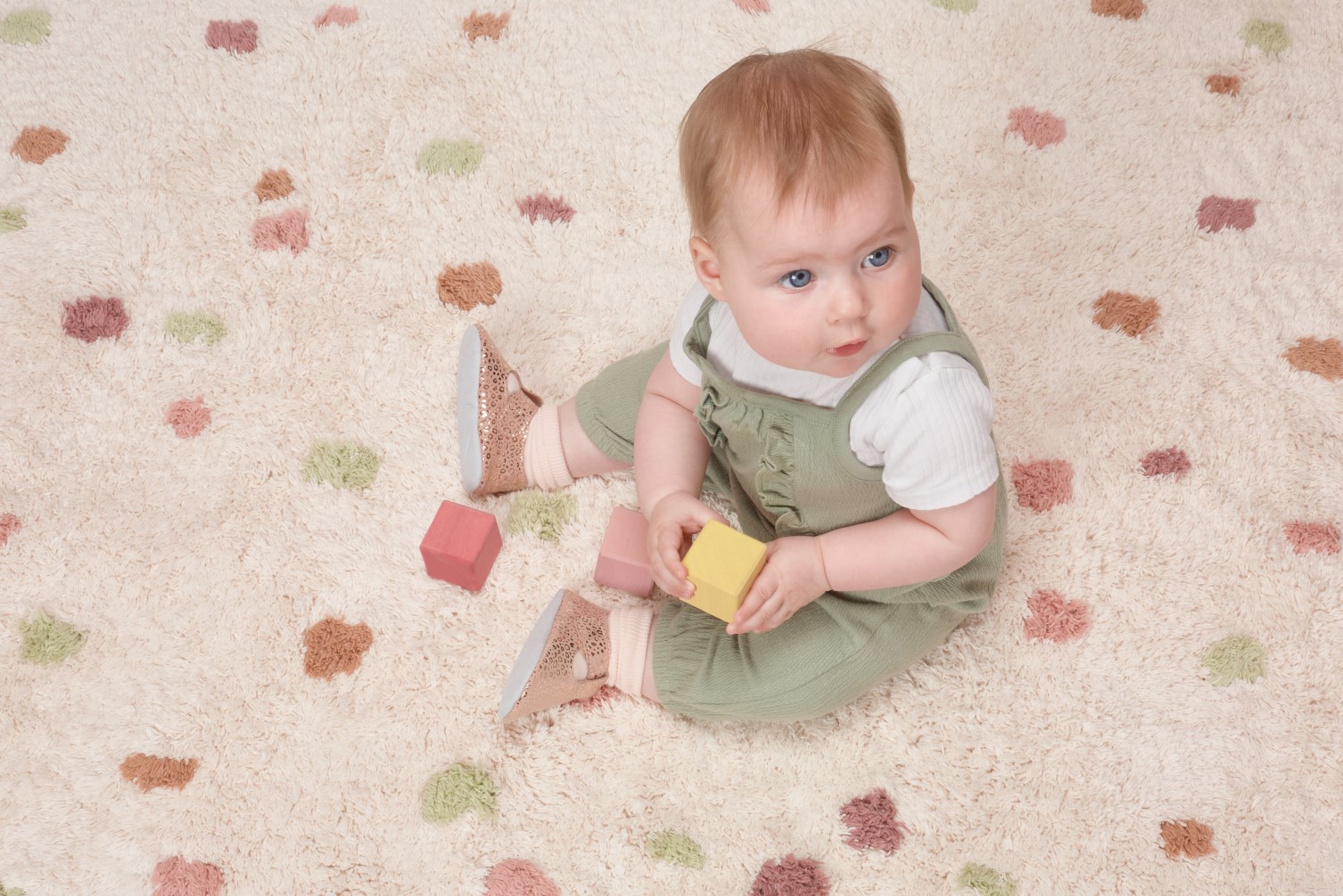
A growth spurt is defined as a short period of time where a baby makes a noticeable growth in development. When they are very young, these happen frequently, tailing off as they reach a year in age. However physical growth is only one small part of the incredible development that is happening during those very early days of reflex movements and the fundamentals of gross motor development are built. Very quickly, your baby starts to become aware of their surroundings and controlling voluntary movement.
In the first few days of a child’s life, it is not unusual for them to lose a bit of weight, up to 10 per cent of their birth weight is seen as acceptable. Once they start gaining again, you can expect a baby to experience their first rapid growth spurt. This dip, stabilisation and growth will all happen within the first two to three weeks of their life. On average, there will be another growth spurt around six weeks, then 12 weeks, 16 weeks, 24 weeks (6 months) and then around nine months old. These are average benchmarks and your health provider will weigh your baby and check their development on their own personal centile scale in their red book. It’s an exciting time for parents to track and this process enables parents to predict the height their child will be when fully grown. Did you know there is a general rule of thumb that a child is half the height they will grow to, on their second birthday?
A baby growth spurt is likely to last only a few days and during the period you might notice your little one is more hungry because naturally they will need more fuel to help their little body grow. They might sleep a little less (due to waking up more often for food) and will most certainly be more interested in cuddles. After a while, you might get to know the signals, but even experienced parents can miss the signs. A top tip is to always keep a larger set of vests, sleep suits and nappies on hand in preparation. You’ll be surprised how quickly your little one can shoot up! Barefoot is best before your baby starts to walk, but once they do find their feet around the age of nine to twelve months, it’s time for shoes designed specifically for toddlers. In the meantime, you might find our guide to looking after babies feet useful.
Toddlers have fewer growth spurts than babies, but they can be even more noticeable as they develop from a baby into a child. The growth is especially important when it comes to their feet, which will need to be measured every six to eight weeks until they reach the age of four and are preparing for school, at which point you should measure their feet every three to four months.
Foot development through the toddler years is rapid and fundamental to the growing body above. Foot bones are going through ossification, but ligaments still haven't fully formed, so feet are still soft and vulnerable.
When your child starts to explore the outdoors on two feet, then it’s time to look for more protection with footwear, however during this stage, the child is busy discovering relationships between their body and the environment as their brain is forming coordination skills and sensorimotor activity. Shoes must allow natural movement with the right level of support and protection for toddlers’ unique soft and lightly structured feet. This allows them to develop naturally, gain the right level of feedback from the terrain beneath their feet and protect them throughout all their exploring. Here are some more fun foot facts to inspire you about your baby’s amazing little feet.
A child’s gait, which is their posture and style of walking will develop till they reach 16 years old. The last and most significant growth spurt is as the child reaches puberty. For girls this is around the age of nine to 15 and for boys, it’s a little later between the age of 12 and 17. It’s important to remember that each child will reach their own personal milestones in their own time. It is not something anyone can affect or force. Providing a nutritious diet and plenty of exercise and opportunities to move, will enable them to develop naturally and at their own pace.